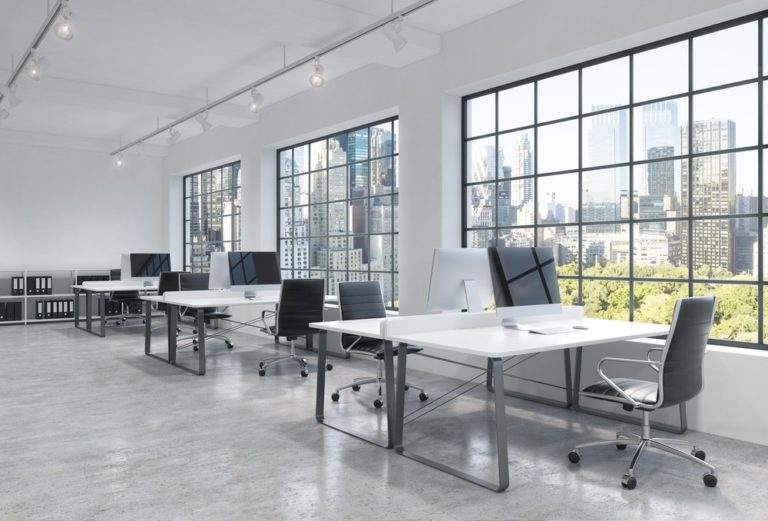There’s nowt so strange as folk! (to misquote a famous saying) – Andre Bozon, SYLO Lead Trainer

We are a funny bunch, us humans. Not one of us is identical to another. There are always things that we like to do differently. Don’t get me wrong, there are many similarities that we may share, and this enables us to be grouped on occasion, but not always. Even identical twins are different.
So, where am I going with this? Well, here’s the problem. We have now had over six months of separation and, whilst we are getting some normality back in our lives, it is by no means “normal”. None of us ever thought a year ago that today we would be walking around in masks trying to avoid all those who are not in our social group. Yet here we are and, as we discussed in my previous blog “The New Norm” we have discovered new ways of operation since office practices have changed due to COVID-19.
Lockdown is not all bad
Don’t get me wrong, these are unprecedented times, but it has brought some positives. Today we have a new verb “to Zoom” (other solutions do exist), with people regularly saying “I’ll Zoom you tomorrow at…”. This isn’t just a business language either, it’s a social one!
Then there’s the added “freedom” this has brought. For some of us, it has meant spending more time with our families. As a father of young children, I have spent months eating three meals a day with my kids, which has just been amazing. For others, it has meant they have been able to focus more on their life balance and, in particular, health. Let’s face it, it’s not so easy to stop in the middle of the day and go for a run or a bike ride from the office.
Of course, some have also found they have been more productive. We have heard of at least one customer services team who has seen improvements in performance following the lockdown.
Do we really need an office then?
Well, that’s the million-dollar question and answering it is something that has to be considered by individual business and the team needs.

In my New Norm blog, I discussed the needs of the manager to trust their team. However, what we also need to consider here is the individual needs of the team. How will they feel being a “lone worker”? Sure, at first it can seem easy but then as time goes on, can you cope with the lack of interaction? As I said at the beginning, people are different. I work best in a place where there is a buzz – leave me in a silent room and I struggle. So, for me, having some sort of office environment is important. For others, they need complete silence and, therefore, the idea of homeworking is appealing.
Steve Oliver’s blog “Working from Home: The Saga Continues…” looks at this in more detail and discusses the importance of culture, something that is a critical part of your future plans.
However, the people aspect is only the starting point. It may be that there is a benefit to all for offering home working, either full time or through parts of the week. In which case, you now need to ask what the office space should be used for. How can space be used more effectively? It might be turning more desks into “hot desks” or sectioned off meeting areas, even reducing the size of the offices you have.
Somewhat conversely, we also know that everyone needs more room than we used to since office practices have changed due to COVID-19. So if we do expect people to return, then we need clear “COVID-19” policies for how space is managed, cleaned and used. It is vital that we keep the team safe.
So, large cost savings are ahead
Well, this is what many think. Ask the team to work from home and you will save costs, undoubtedly, but there are additional factors you need to consider. As David Rushmere, a partner at Machins Solicitors LLP, noted in his post on LinkedIn, you need to review your employment contracts – do they allow for such flexibility?
Then there are the Health and Safety aspects that need to be considered. We have been lulled into believing that getting people to work from home focuses the employee on looking after themselves, however, this is not the case. The Government relaxed the Health and Safety regulations to allow people to work from home temporarily, but as we move to a more permanent situation, then the regulations will once more be enforced. Just because you are not in control of their office environment, it does not mean that you are removed from responsibility for their wellbeing. They need to have the right equipment, just as they do in the office. If you haven’t done a workstation assessment with your team members at home, then now is the time to do it. Our business partner Beckie Staincliffe from EHSC will be able to arrange this for you.
It’s all about the team
Which brings me back to where I started; your people. I briefly mentioned the welfare of your team earlier and, no matter what you decide about offices, everything you move forward with pivots around them. Ask yourself this: how well do you know your team? Do you know what their objectives are for this week? Do you know how they are feeling? What issues are they struggling to cope with right now? Interaction with your team is vital, even just making a regular point of speaking to them to find out how they are. Communication needs to be open and two way and the only way you can keep it open is to regularly communicate. As I have said in previous posts, having a weekly 1:1 meeting with direct reports is essential.
If you would like to discuss any of the issues discussed in this blog or any other issue regarding Your People and Your Business, one of our experienced HR Partners is available to book a FREE half-hour HR Consultation meeting with you. Email us for details.